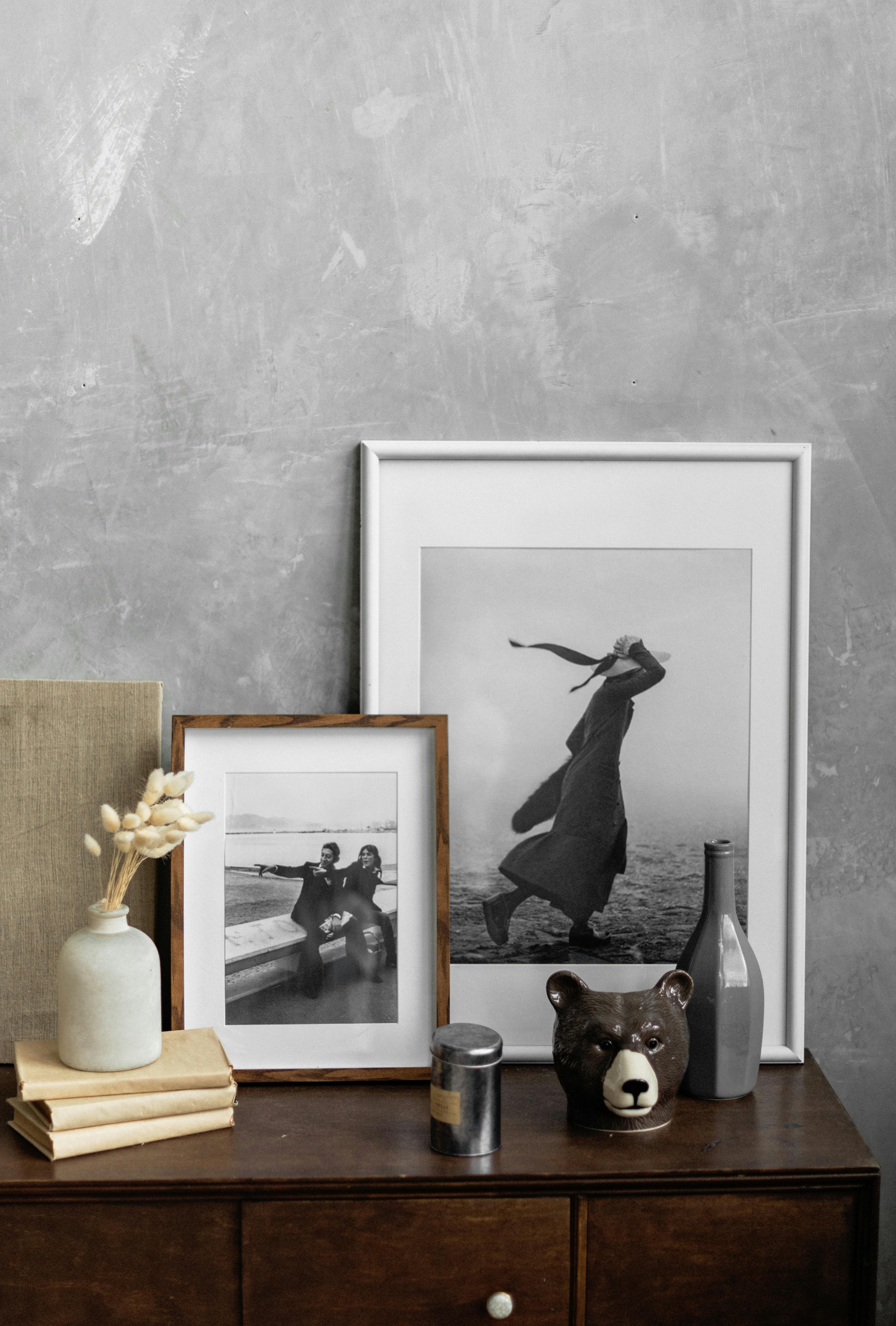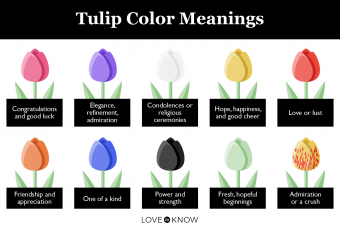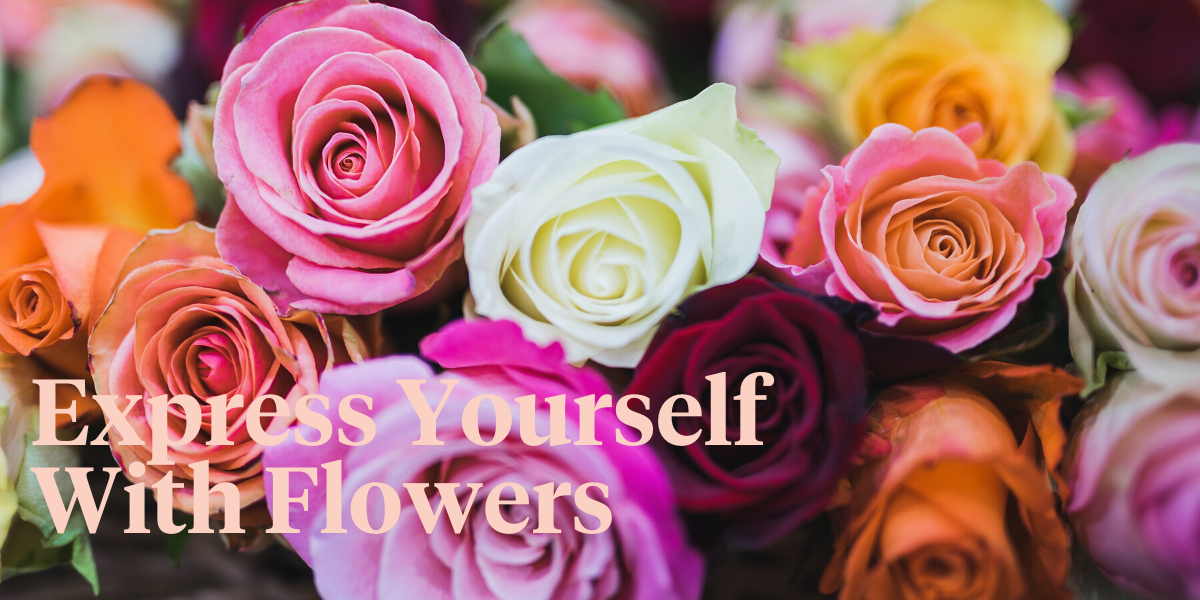Colors are an integral part of our lives. They surround us everywhere we go, from the clothes we wear to the food we eat to the natural world around us. But what do different colors mean? And how can we use them to communicate our thoughts, feelings, and intentions? In this comprehensive guide, we will explore the meaning of different colors, from the traditional to the more modern and nuanced. We will also discuss how colors can be used in a variety of contexts, including art, design, marketing, and communication.
- Understanding Emoji Meanings on iPhone: A Comprehensive Guide
- The Fascinating World of Emoji Meanings: Understanding the Tiny Pictograms
- The Meaning of Different Colors: A Comprehensive Guide
- Emoji Meanings on Facebook: A Comprehensive Guide
- Emoji Chart with Meaning: Understanding the Universal Language of Emojis
Traditional Color Meanings
Some colors have meanings that have been attributed to them for centuries. These traditional color meanings are often based on cultural and religious beliefs, as well as on the natural world.
Red:
Red is a dynamic and powerful color that has a range of associations. It is often associated with passion, love, and excitement. In many cultures, red is also the color of luck and prosperity. However, red can also have negative connotations such as danger, violence, and war. This is because red is the color of blood and is often used to symbolize aggression and intensity.
In art and design, red is often used to draw attention and create a sense of urgency. For example, in advertising, red is often used to convey a sense of excitement or urgency to buy a product. In fashion, red is a popular color for making a bold statement and adding drama to an outfit.
| Common Associations | Negative Connotations | Positive Connotations |
|---|---|---|
| Passion | Danger | Love |
| Love | Violence | Luck |
| Excitement | War | Prosperity |
| Aggression | Urgency |
Orange:
Orange is a bright and cheerful color that is often associated with joy, optimism, and creativity. It is also the color of the sun, which is why it is often used to symbolize warmth and energy. In many cultures, orange is also associated with harvest and abundance.
In design, orange is often used to create a sense of playfulness and fun. It is also a popular color for branding as it can evoke feelings of happiness and energy. In fashion, orange is a popular color for creating bold and eye-catching outfits.
| Common Associations | Negative Connotations | Positive Connotations |
|---|---|---|
| Joy | None | Optimism |
| Creativity | Warmth | |
| Sun | Energy | |
| Harvest | Abundance |
Yellow:
Yellow is the color of happiness, sunshine, and optimism. It is also associated with intellect, knowledge, and communication. In many cultures, yellow is also associated with courage and honor.
In art, yellow is often used to create a sense of brightness and warmth. In design, it is a popular color for adding a pop of color and drawing attention. Yellow is also often used in branding to convey a sense of positivity and happiness. In fashion, yellow is a popular color for creating cheerful and playful looks.
| Common Associations | Negative Connotations | Positive Connotations |
|---|---|---|
| Happiness | None | Optimism |
| Sunshine | Intellect | |
| Optimism | Knowledge | |
| Courage | Communication |
Green:
Green is the color of nature, growth, and renewal. It is also associated with peace, harmony, and balance. In many cultures, green is also associated with luck and good fortune.
In design, green is often used to create a sense of calmness and freshness. In branding, it can be used to convey a sense of balance and harmony. In fashion, green is a popular color for creating natural and earthy looks.
| Common Associations | Negative Connotations | Positive Connotations |
|---|---|---|
| Nature | None | Growth |
| Renewal | Peace | |
| Harmony | Balance | |
| Luck | Good fortune |
Blue:
Blue is the color of the sky and the sea, and it has a range of associations. It is often associated with trust, loyalty, and reliability. In many cultures, blue is also associated with wisdom and intelligence.
In art and design, blue is often used to create a sense of calmness and serenity. In branding, it is a popular choice for creating a professional and trustworthy image. In fashion, blue is a timeless color that can evoke feelings of sophistication and elegance.
| Common Associations | Negative Connotations | Positive Connotations |
|---|---|---|
| Trust | None | Loyalty |
| Reliability | Wisdom | |
| Calmness | Intelligence | |
| Serenity | Professionalism |
Modern and Nuanced Color Meanings
While traditional color meanings have been established for centuries, modern times have brought about new associations for colors. These associations are often influenced by popular culture, current events, and social movements.
Purple:
Purple is often associated with royalty, luxury, and extravagance. However, in recent years, it has also become associated with creativity, imagination, and spirituality. This shift in meaning is due to the rise of the wellness and self-care movement, where purple is seen as a color of healing and inner peace.
In design, purple is often used to create a sense of royalty and opulence. In fashion, it is a popular color for creating bold and unique looks. In branding, purple is often used to convey a sense of luxury and sophistication.
| Common Associations | Negative Connotations | Positive Connotations |
|---|---|---|
| Royalty | None | Creativity |
| Luxury | Imagination | |
| Extravagance | Spirituality | |
| Healing | Inner peace |
Pink:
Pink is often associated with femininity, love, and romance. However, in recent years, it has also been embraced as a symbol of strength and empowerment. This shift is due to the rise of feminism and movements that aim to break gender stereotypes.
In art and design, pink is often used to create a sense of sweetness and romance. In fashion, it is a popular color for creating soft and feminine looks. In branding, pink is often used to target a female audience or to convey a sense of empathy and compassion.
| Common Associations | Negative Connotations | Positive Connotations |
|---|---|---|
| Femininity | None | Love |
| Romance | Strength | |
| Sweetness | Empowerment | |
| Empathy | Compassion |
Black:
Black is often associated with darkness, mystery, and sophistication. However, it is also a popular color in modern times to represent power, elegance, and rebellion. The meaning of black can vary greatly depending on the context and culture.
In art and design, black is often used to create a sense of drama and mystery. In fashion, it is a timeless color that can evoke feelings of elegance and power. In branding, black is often used to convey a sense of luxury and exclusivity.
| Common Associations | Negative Connotations | Positive Connotations |
|---|---|---|
| Darkness | None | Mystery |
| Sophistication | Power | |
| Elegance | Rebellion | |
| Luxury | Exclusivity |
Grey:
Grey is often associated with neutrality, balance, and practicality. However, it has also become a popular color to represent sophistication and modernity. This change in meaning is due to the rise of minimalism and simplicity in design.
In art and design, grey is often used to create a sense of calmness and simplicity. In fashion, it is a popular color for creating sleek and modern looks. In branding, grey is often used to convey a sense of elegance and professionalism.
| Common Associations | Negative Connotations | Positive Connotations |
|---|---|---|
| Neutrality | None | Balance |
| Practicality | Sophistication | |
| Calmness | Modernity | |
| Simplicity | Professionalism |
Gold:
Gold is often associated with wealth, luxury, and success. However, in recent years, it has also been embraced as a symbol of positivity and enlightenment. This shift in meaning is due to the rise of mindfulness and spirituality in popular culture.
In art and design, gold is often used to create a sense of opulence and decadence. In fashion, it is a popular color for creating glamorous and extravagant looks. In branding, gold is often used to convey a sense of quality and high-end products.
| Common Associations | Negative Connotations | Positive Connotations |
|---|---|---|
| Wealth | None | Positivity |
| Luxury | Enlightenment | |
| Success | Mindfulness | |
| Quality | High-end |
Colors in Different Contexts
Colors can have different meanings and interpretations depending on the context in which they are used. Let’s take a look at how colors can be used in various contexts, such as art, design, marketing, and communication.
Art
Artists often use colors to create emotion and convey meaning in their work. For example, warm colors like red, orange, and yellow can evoke feelings of passion, excitement, and joy. Cool colors like blue, green, and purple can create a sense of calmness, tranquility, and mystery. Artists also use colors to create contrast and draw attention to certain elements in their artwork.
In addition to emotions, colors in art can also represent themes and ideas. For example, the color red can symbolize love, but it can also represent blood and violence. The color blue can represent the sky and the sea, but it can also symbolize sadness or depression.
Design
Designers use colors to create a visual impact and communicate a message. In branding and marketing, color choices are crucial as they can influence consumer behavior and perception of a brand. For example, restaurants often use warm colors like red, yellow, and orange to stimulate appetite and create a sense of urgency to order food.
In interior design, colors are used to create a mood and atmosphere in a space. For example, cool colors like blue and green are often used in bedrooms to create a calming and relaxing environment, while warm colors like red and orange are used in dining areas to create a sense of warmth and energy.
Marketing and Advertising
Colors play a significant role in marketing and advertising strategies. Companies use colors in their logos, packaging, and advertisements to create a strong brand identity and attract customers. For example, the color red is often used in fast-food logos and packaging to evoke feelings of hunger and excitement.
In advertising, colors are also used to target specific demographics and influence consumer behavior. For example, pink is often used in advertisements targeting women, while blue is used to target men. Colors can also be used to create a sense of trust and reliability in a brand.
Communication
Colors are a powerful tool in communication as they can convey meaning without any words. For example, traffic lights use red to indicate stop, yellow for caution, and green for go. In flags, colors can represent important values and beliefs. For example, the American flag uses red for bravery and valor, white for purity and innocence, and blue for justice and vigilance.
In addition, different cultures may assign different meanings to colors, so it is essential to consider cultural context when using color in communication. For example, in Western cultures, white is associated with purity and weddings, while in some Eastern cultures, it is associated with death and mourning.
Conclusion
Colors hold a powerful meaning in our lives, and understanding their significance can help us better communicate and express ourselves. From traditional meanings that have been passed down for centuries to modern interpretations influenced by popular culture, colors continue to evolve and shape our perceptions and emotions. Whether in art, design, marketing, or communication, colors play a vital role in how we interact with the world around us. So next time you see a splash of color, take a moment to ponder its meaning and how it may be communicating with you.



